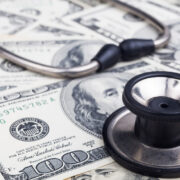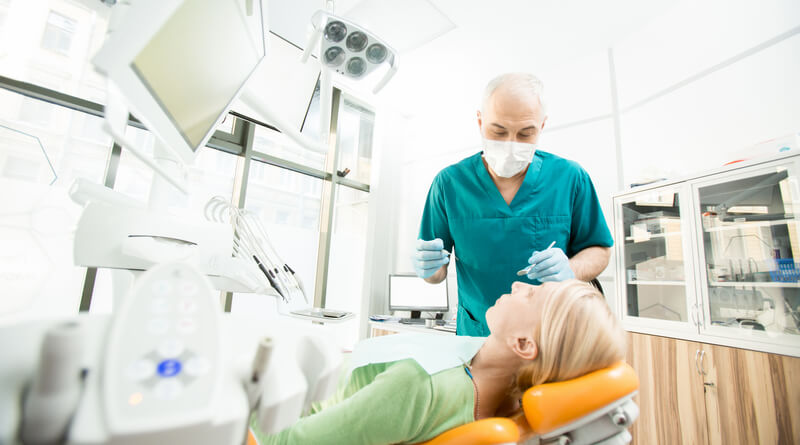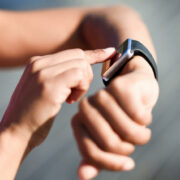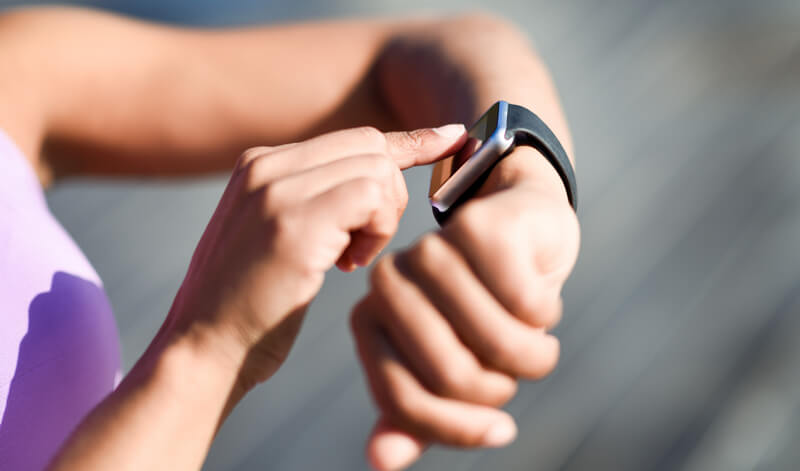7 Tips to Improve Your Revenue Cycle Management in 2017
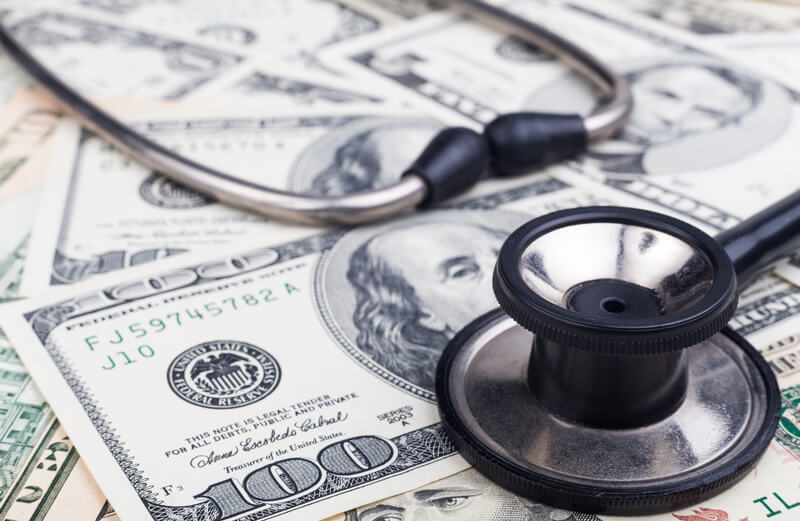
The following guest post on improving revenue cycle management in healthcare was submitted by Yeshwanth HV.
Amid the ever-changing regulatory environment, Revenue Cycle Management (RCM) has become one of the most important concerns for healthcare leaders in the US. Effectively managing it ensures that there will be lesser accounts receivable, fewer complications and speedy recovery of patient payment, all of which will make a healthcare practice more efficient and responsive in terms of operational changes and growth. However, effective management of the revenue cycle has proven elusive to the providers in the current healthcare landscape. The good news is there are specific ways in which you can achieve this elusive feat. Here are seven tips that will help you to effectively manage your revenue cycle:

Follow these 7 practical tips to improve revenue cycle management at your healthcare facility.
Set Benchmarks and Measure Them
Lord Kelvin, a famous British mathematician and engineer, once said: “If you cannot measure it, you cannot improve it.” This is very true with regards to healthcare, especially if you are thinking on the lines of improving the efficiency and productivity of your RCM practices.
Hence start by identifying a set of benchmarks that are most important for the success of the organization such as average time taken to submit a claim, average reimbursement rate, and so on. If necessary opt to use comparative data from your competitors to keep you on the right path. Next measure the performance of your practice using the benchmarks that you have zeroed in on and see to it that you slowly improve your performance over time.
Get the Money You Are Owed
While evaluating the performance of metrics as suggested above, make it a point that you also keep a close watch on the collection rate. Tracking these metrics helps you to make sure that you don’t leave a significant amount of accounts in collections on the table, which can impact the financial stability of your practice.
An ideal RCM practice should be able to recover around 96% percent of accounts in collection. Take appropriate measures to bring your rate up to this mark or at least ensure that your collection rate is above 85 percent so that percentage of patients with outstanding bad debt will not get out of hand.
Audit Workflow
Conducting a regular audit of your typical RCM workflow – from patient scheduling to final claim submission – is a great way to streamline your operations. It helps you to discover issues and inefficiencies that may be hampering your ability to process claims in an expedient manner.
But make sure that you include your frontline staff in this process by taking feedback from them about things that are holding them back. This may help you uncover crucial flaws that you may have overlooked or taken for granted.
Track Denied Claims
Tracking every claim that is denied will help you to identify trends in mistakes with regards to billing, coding and other RCM related processes. The insights gained through these discoveries can be used to train your resources and augment your RCM practices.
Look Ahead to Regulatory Changes
Rules governing healthcare are in a constant state of motion. For instance, consider the last five years. First, it was the Affordable Care Act (ACA), then ICD-10 implementation and now it is a possible repeal of ACA. In such an ever-changing environment, it is always beneficial to make it a regular practice to stay aware of new statutes, guidelines, and codes that might come your way, and be prepared with effective counters to avoid revenue cycle disruptions arising due to these changes.
Pay Attention to Self-Pay Balances
A rise in the popularity of low-premium but high-deductible plans is likely to correspond with a rise in self-pay balances. And this can pose a serious challenge to the financial stability of practice, just like in the case of accounts in collection.
To mitigate the hurdles posed by this trend, you have to be proactive and find out a way to work with individuals so that their accounts do not have to go into collection.
Make Sure Your Current RCM Practice Meets Your Needs
Never take anything for granted and make it a standard practice to periodically question the value that your RCM system offers. Also make research ongoing into pricing, service offerings, and the latest software systems so that when your RCM system is lagging, you are perfectly aware of things that need to be done.
The Bottom-line
Navigating through the chores of today’s healthcare landscape is not easy. To be successful in such an environment, healthcare practices should be prepared to undertake a transformational RCM approach that focuses on improving the function as well as the flow of each moving part.
Author Bio: Yeshwanth HV is a healthcare writer at MedBillingExperts, a leading provider of healthcare business process outsourcing services such as medical billing, medical coding, and revenue cycle management services to medical practitioners and healthcare organizations worldwide. Dedicated to the healthcare industry, he has authored several blogs and articles that have received rave reviews in the industry. Prior to MedBillingExperts, Yeshwanth worked with CIO Review and has authored several bylined pieces for the quarterly editions of the magazine.

